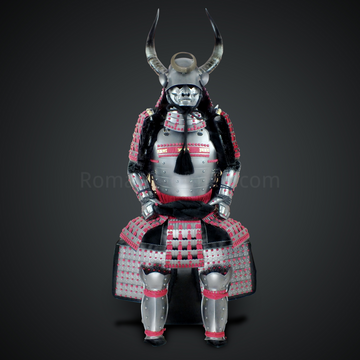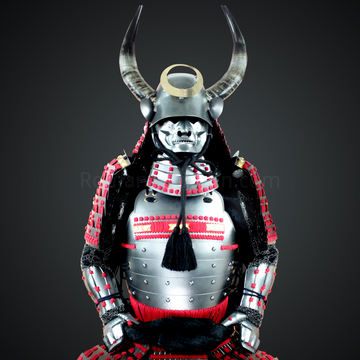Yakiba in Japanese Katana terminology
焼刃 Yakiba
What is Yakiba in Japanese Katana terminology?
Yakiba is another term for the blade pattern (Hamon) of a Japanese sword. It was formerly written as ""Yakiba"". Yakiba is formed during the ""tempering"" process of sword making. Tempering involves applying a durable clay called ""Yakibatsuchi"" to the sword body, heating it, and then rapidly cooling it in water. The applied Yakibatsuchi creates a time difference in the cooling speed due to its thickness, resulting in a variety of patterns. If the Yakibatsuchi is applied in a straight line along the blade, it results in a ""straight blade"" (Suguha) pattern, and if it is applied in a wavy manner, it results in an ""irregular blade"" (Midareba) pattern, which is the highlight of sword appreciation.
In addition, Yakiba is the origin of the idiom ""Tsuke Yakiba"" (knowledge or skills learned for temporary use), but it is technically difficult to add Yakiba later. The original Tsuke Yakiba refers to adding a pattern like Yakiba to a sword without Yakiba.
There are two ways to add Tsuke Yakiba.
One is the ""paper mold method"". This method involves polishing the sword body using paper cut out in the shape of Yakiba.
The other is the ""painting method"". This method involves using rice flour or talcum powder dissolved in water to directly draw Yakiba on the sword body. Both methods can create intricate Yakiba that cannot be identified as Tsuke Yakiba at first glance, but it is said that the pattern disappears when the sword body is polished.







